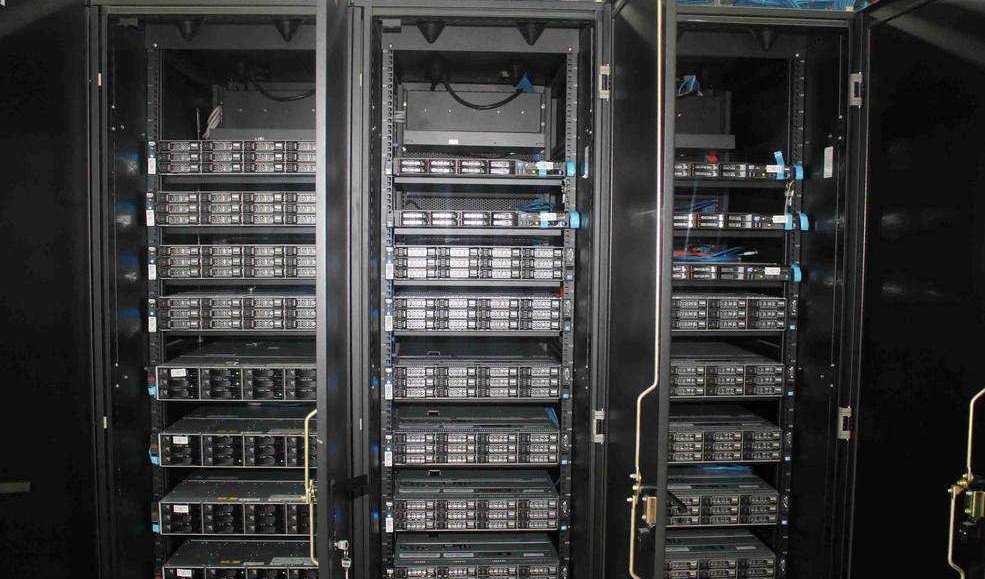

Are you looking for a network server solution but unsure whether to choose a rack server or a blade server? Understanding the differences between these two options is crucial for making an informed decision. In this article, we will explore the concepts of rack servers and blade servers, highlight their key differences, and help you identify the best fit for your business needs.
What is a Rack Server?
A rack server is a standalone device installed in a cabinet. It comes in different sizes, such as 1U, 2U, or 4U, with varying performance and scalability. 1U rack servers are ideal for space-saving and relatively fixed business environments, while 4U servers offer higher performance and scalability, supporting multiple high-performance processors and hot-swappable components. Rack servers are typically installed inside a standard 19-inch rack, making them versatile for various applications.
What is a Blade Server?
A blade server is a modular server unit that can be plugged into a standard rack chassis. Each server unit acts as an independent system mainboard, serving different user groups. While blade servers may have lower performance per unit, they can be combined into a single server cluster, offering a high-speed network environment and resource sharing. Blade servers are hot-swappable, enabling easy replacement and minimizing maintenance time.
Differences between Blade and Rack Servers:
Now, let’s compare the advantages of blade servers and rack servers to better understand their distinctions.
Space-saving:
Blade servers excel in space efficiency compared to rack servers. For example, deploying 1024 nodes using 1U rack servers would require 24 racks, excluding Ethernet switching hubs. In contrast, using a blade server chassis with 8 blades would only require 9 racks, including the Ethernet switching hub.
Cabling and Management:
Blade servers simplify cable management as they have unified wiring for network and power lines. Each blade server does not require individual cabling. On the other hand, rack servers necessitate separate network cabling and power cord wiring for each server, which can lead to a messy cable arrangement. Blade servers offer easier management, providing more processing power in smaller spaces at a lower cost.
Flexibility:
Rack servers offer greater flexibility than most blade servers. For instance, blade servers may have limitations when it comes to equipping disk arrays or supporting large-capacity memory databases. Rack servers, with their standardized server design and expansion capabilities, allow for easy addition of functions through external expansion cabinets.
Cost-effectiveness:
While blade servers are often perceived as cost-saving, gradually increasing blades within a chassis can reveal that rack servers offer better cost-effectiveness. Blades and related products tend to be more expensive than their rack counterparts. Typical blade chassis costs range from $4,000 to $8,000, and blades themselves are more costly than 1U rack servers.
Function Extension:
Rack servers can extend their functions through expansion cabinets, allowing for upgrades and additional features. Blade servers offer rapid expansion with the ability to plug new blade units into the chassis and connect to the expanded infrastructure. Option modules within the chassis enable the sharing of functions once connected externally.
Maintenance:
Blade servers have an advantage in troubleshooting as the units are hot-swappable, eliminating cable-related issues. On the other hand, rack servers, being standalone devices, may pose more challenges during troubleshooting due to complex cable arrangements.
Conclusion:
Both blade servers and rack servers offer valuable functions, but they cater to different business needs. Rack servers excel in meeting specific application requirements, while blade servers are suitable for clustered environments that require high-density computing and resource sharing. Blade servers, although efficient in space utilization, are still unable to fully replace the versatility and flexibility of rack servers.
At Router-switch.com, you can explore a wide range of rack servers and blade servers that cater to various business requirements. Visit our website to learn more about our server offerings and find the perfect fit for your IT infrastructure.
With our extensive selection and expert guidance, we ensure that you can make an informed decision and find the ideal server solution that aligns with your business goals.
Discover the power and efficiency of rack servers and blade servers today! Visit Router-switch.com for more information.
Read More:
Huawei Unveils Cutting-Edge ICT Services and Software Innovations at MWC Shanghai 2023
Breaking Language Barriers: Experience Router-switch.com in Multiple Languages!
An Insight into Cisco Engage Greater Bay Area 2023
Understanding the Application Layer: Functions, Examples, and Its Importance in Network Solutions
Powering Cloud-Enabled Enterprise Networks with the Juniper SRX300-SYS-JB Gateway
Optimizing Network Speed: A Comprehensive Guide for Businesses
Router-switch.com: Strengthening ICT Ties Between India and Nigeria for Enhanced Digital Economy


